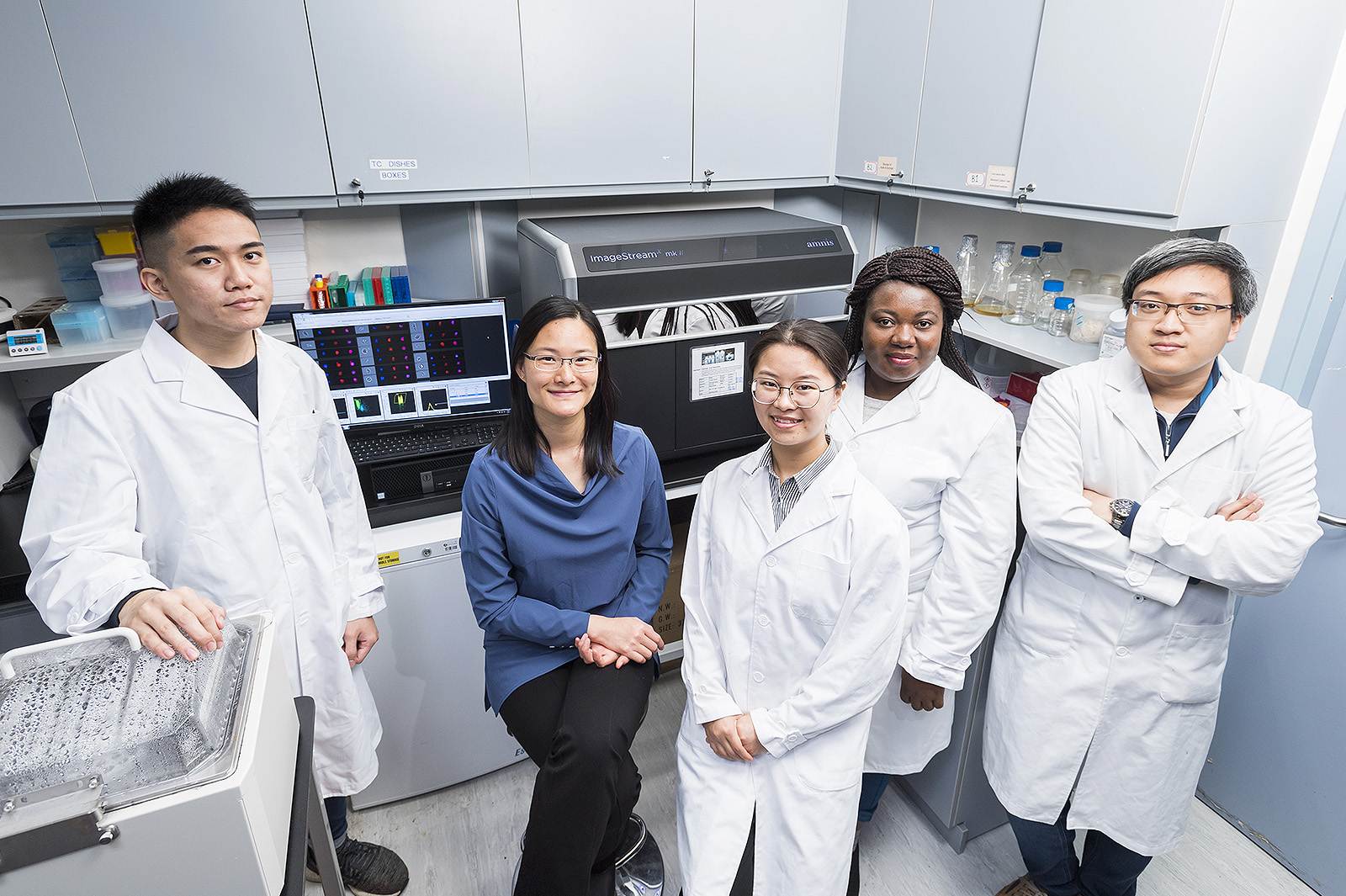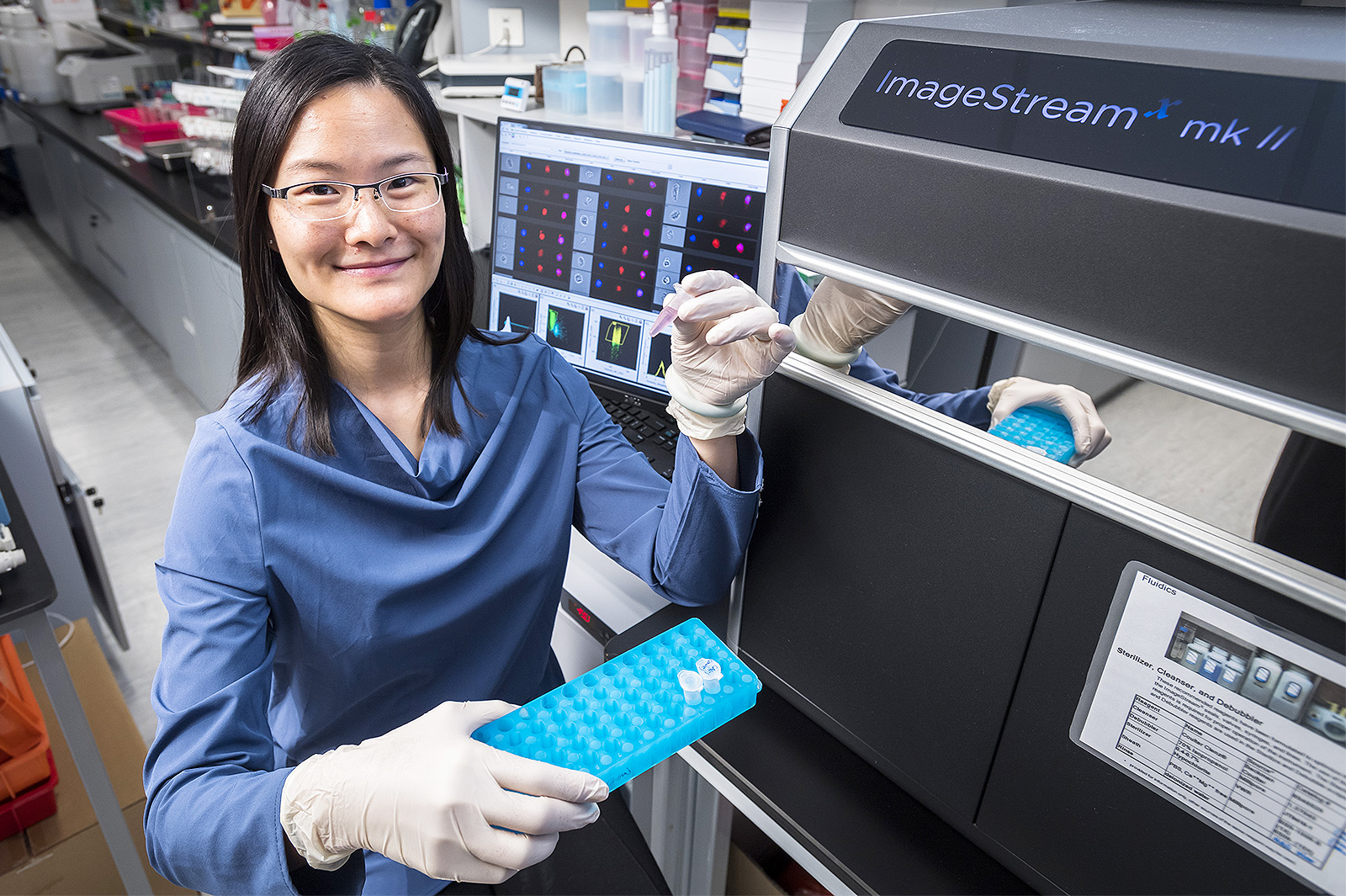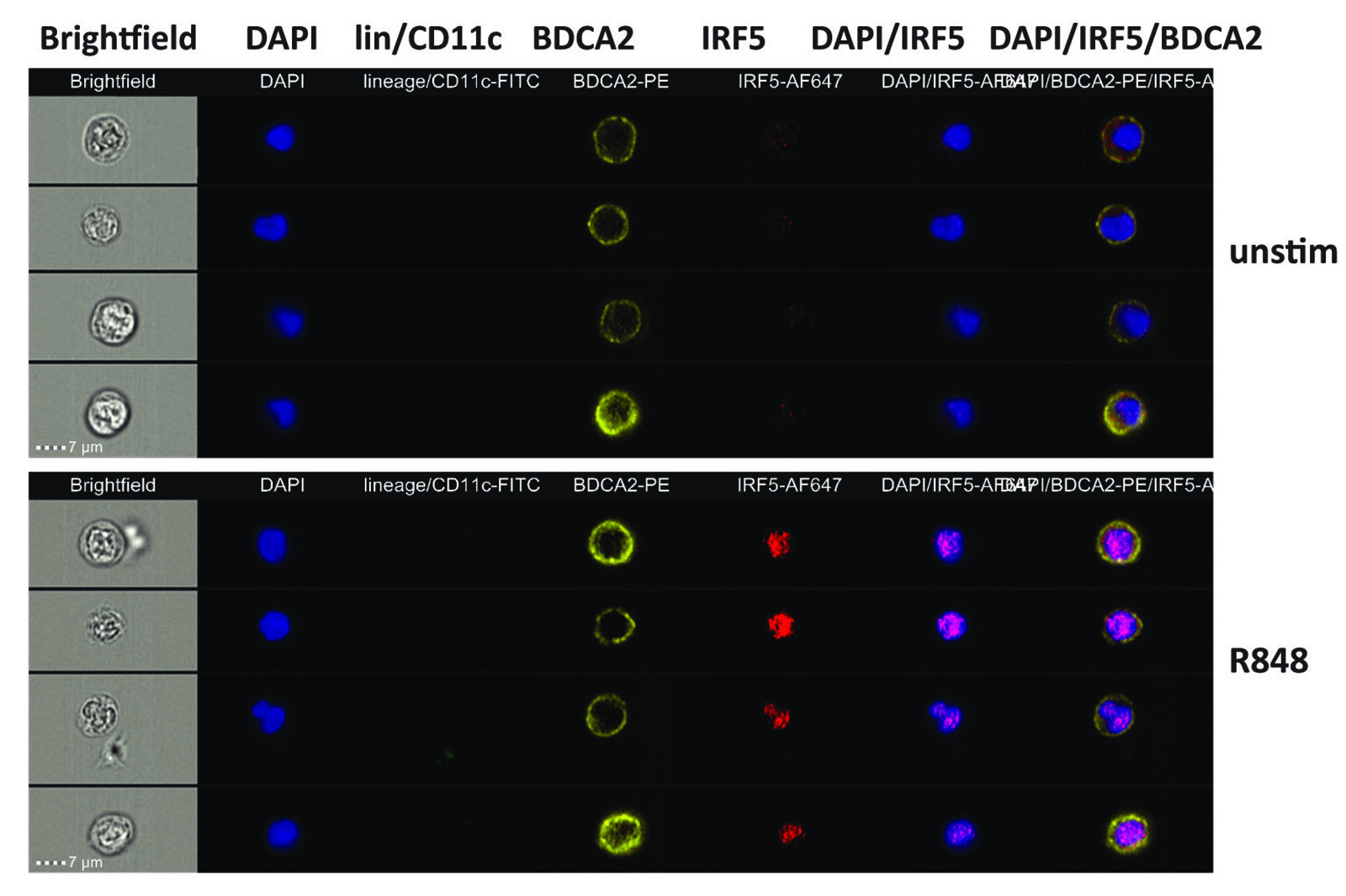Rare cells bring new hope in cancer immunotherapy

Unleashing the intrinsic power of the immune system to fight cancer is the focus of an award-winning research led by a biomedical scientist and her research team at City University of Hong Kong.
Dr Chow Kwan Ting, Assistant Professor in the Department of Biomedical Sciences, has received the 2019 Croucher Innovation Award for her pioneering research on the anti-tumour activities of a rare immune cell type - plasmacytoid dendritic cells (pDCs).
The research findings provide insights into designing new generations of cancer immunotherapy with the potential to treat a variety of cancers, including those for which no treatment is currently available.

Dr Chow is dedicated to understanding how the immune system naturally fights cancer, why and when this defence breaks down during disease progression, and how to stimulate the body’s own defence system to mounting an effective anti-cancer response. Understanding the immune mechanism against cancer will inform design of new immunotherapy that is broadly effective against various types of cancer.
There are several advantages of immunotherapy over traditional approaches. The immune system has a unique capability of remembering an intruder or danger for a long time after the initial encounter. If the same invader appears again, the immune system can mount a much faster and more robust response the second time around. This memory feature is the basis for vaccination. “The implication is that immunotherapy has the potential to protect patients for life,” said Dr Chow.
Moreover, Dr Chow added, “unlike traditional approaches such as chemotherapy and radiotherapy, the immune system can be directed to kill only cancer cells without harming healthy cells.”

Her team focuses on a specific immune cell type – pDCs, which make up less than 1% of the cells in our blood. These rare cells are known to be crucial virus fighters, but their role in cancer immunity is only beginning to emerge. Recent studies show that pDCs are found within tumours, and recruitment of pDCs into the tumour appears to increase survival in animal models of certain types of cancer.
Dr Chow’s team is currently investigating how pDCs contribute to anti-tumour immunity. They are teasing apart the molecular pathways and gene regulatory networks that modulate pDC activities in order to understand how pDCs are programmed to detect and combat cancer. Her team further studies the cell-cell interactions between immune cell types that cooperate to orchestrate anti-cancer immunity.
“We hope our research will identify ways to rev up the immune system and harness its natural ability to tackle cancer more effectively,” Dr Chow added.
The current focus of the study is mainly liver and breast cancers, which are prevalent cancer types in Hong Kong. Dr Chow said their ultimate goal is to design targeted immunotherapies and vaccines against broader types of cancer.
The next stage of the research will include collaborating with clinicians to validate the findings in patient samples and examine clinical trends that may elucidate the immune mechanisms for further development of cancer treatment.